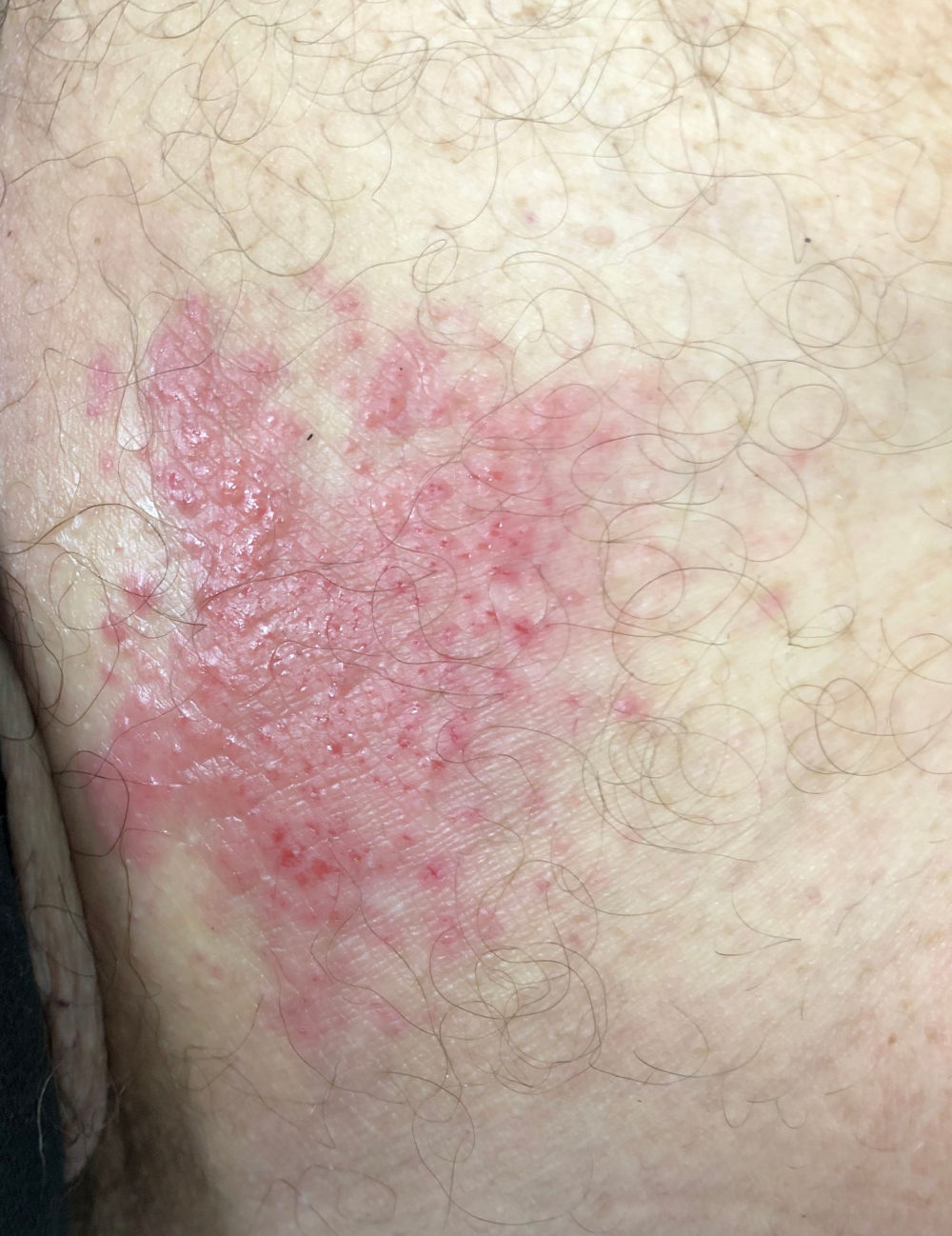


By Nancy Morgan, RN, BSN, MBA, WOCN
Each month Nancy Morgan Wound Care brings you a tool you can apply in your daily practice
Here’s an overview of Cutaneous Candidiasis. What is Cutaneous Candidiasis? It is an infection of the skin caused by the yeast Candida albicans or other Candida species. Here’s a snapshot of this condition.
Yeast fungi, which include the Candida species, are normal flora found throughout the human GI tract. These fungi thrive in a warm, moist environment, so certain conditions, such as poor hygiene, tight clothing, moist skin under surgical or wound dressings, high humidity, and constantly moist skin can result in overgrowth. When the overgrowth occurs on skin, it’s called cutaneous candidiasis. Other conditions that can contribute to cutaneous candidiasis include compromised immunity, antibiotics, stress, and diabetes.
At the first sign of redness, itching, or discomfort, apply an over-the-counter (OTC) or prescription antifungal powder or a silver powder/cream to the area daily per package instructions. Examples include:
If, after 10 to 14 days of cutaneous candidiasis treatment with an antifungal product, the rash is not resolving, consider switching to another preparation because Candida resistance can occur.
Selected Reference
Mitton, Nicole. (2021). Cutaneous Candidiasis / Candida Skin Infection. My Med.com. Retrieved from https://www.mymed.com/diseases-conditions/candida/cutaneous-candidiasis-candida-skin-infection
Nancy Morgan RN, BSN, MBA, WOC is an experienced clinician, successful business leader, and accomplished nurse educator in the field of wound management. She is the co-founder of the Wound Care Education Institute, (WCEI®), Wild on Wounds Productions; and, most recently established Nancy Morgan Wound Care offering innovative, educational resources including seminars, webinars, social media and wound care marketing tools to assist and support wound care clinicians at the bedside, much like this cutaneous candidiasis resource. Nancy is one of the most distinguished wound care educators, delivering nearly 1200 lectures, conference keynote addresses, seminars, webinars, and bedside consultations during her career.
Information is courtesy of Nancy Morgan Wound Care, copyright 2022.
DISCLAIMER: All clinical & legal information, text and graphics, in this blog are intended to assist with determining appropriate wound therapy or proper legal information. It is not intended to be a substitute nor constitute providing legal or medical care or advice, diagnosis, or treatment. Responsibility for final decisions and actions related to legality and care of specific patients shall remain the obligation of the institution, its staff, and the patients’ attending physicians and their legal representation. Individuals should always contact their healthcare providers for medical or emergency-related care and/or contact their retained attorneys or their legal representation.